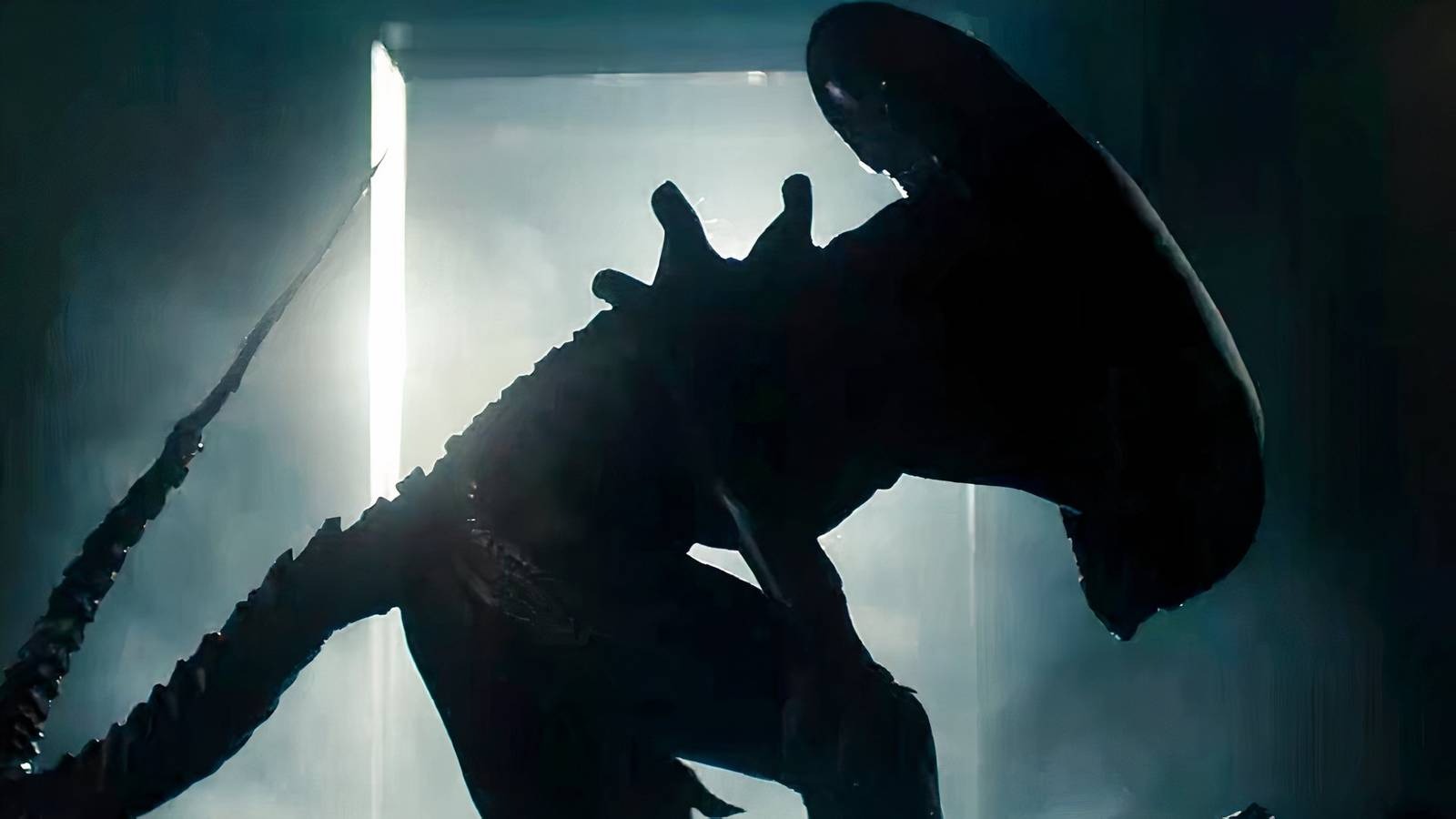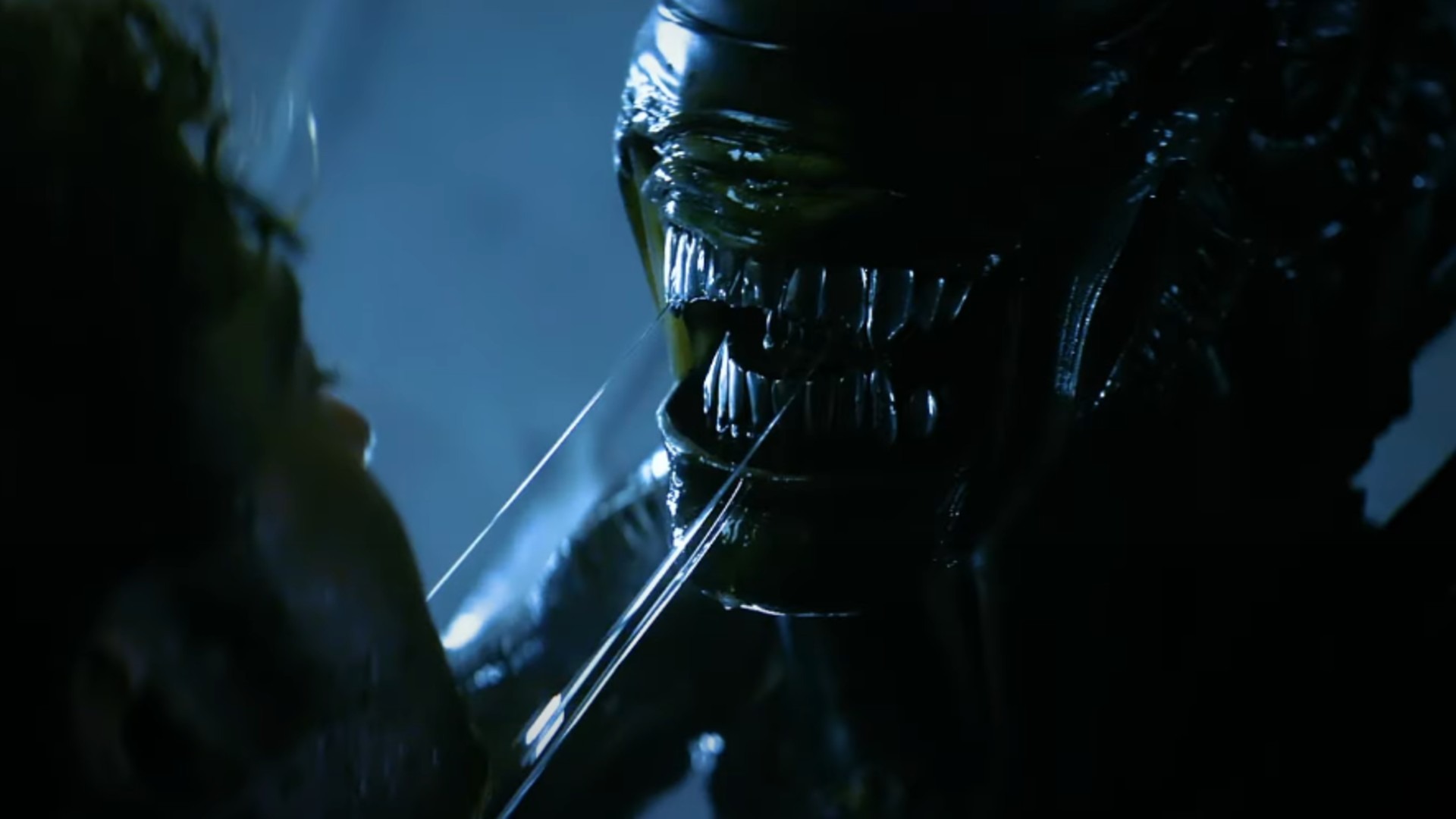Xenomorph Reborn: Inside the Groundbreaking Practical Effects and Creature Design of ‘Alien: Earth’
Popular Now
 Black Myth: Wukong
Black Myth: Wukong
 EA SPORT FC 25
EA SPORT FC 25
 Brawl Stars
Brawl Stars
 Free Fire
Free Fire
 Auto X Drift Racing 3
Auto X Drift Racing 3
 BeamNG.drive
BeamNG.drive
 Rust
Rust
 Fortnite
Fortnite
 Grand Theft Auto V
Grand Theft Auto V
 Stumble Guys
Stumble Guys 
The highly-anticipated FX series Alien: Earth, helmed by showrunner Noah Hawley, has not only expanded the franchise’s terrifying universe but has also re-established a commitment to practical effects that harks back to Ridley Scott’s original 1979 classic. In an era saturated with CGI blockbusters, the cast and crew’s dedication to bringing the iconic Xenomorph and a menagerie of grotesque new extraterrestrial life to life through tangible, on-set effects has been central to the show’s success and its high-tension, visceral horror, which is a major draw for premium streaming content.
 The New Design: Crustaceans, Quadrupedalism, and the ‘Cockroach Brown’
The New Design: Crustaceans, Quadrupedalism, and the ‘Cockroach Brown’
For the core creature, the Xenomorph, Hawley and the special effects team at Wētā Workshop (known for their extensive work in the Alien universe, including the Facehuggers in Alien: Romulus) undertook a deliberate redesign process while fiercely protecting the creature’s menacing iconic silhouette. The goal was to make the creature feel more terrestrial, given the show’s setting.
The key design innovations included:
- Terrestrial Inspiration: Integrating elements from Earth’s own horrifying fauna, specifically crustaceans and insects, into the Xenomorph’s suit design. Hawley noted he was bothered by the creature’s traditional, human-like rib cage, opting for a more segmented, arthropod-style torso.
- Color Shift: The classic black aesthetic was replaced with a more repulsive, naturalistic “cockroach brown” coloration, adding a layer of insectoid reality to the monster.
- Teeth and Repulsion: Moving away from the sharp, shark-like chompers seen in some later films, the team opted for flatter, more human-like teeth, which Hawley found “more worrisome” and repulsive, aligning with the show’s emphasis on body horror.
- The ‘Wendy Xenomorph’: A second, adolescent Xenomorph was introduced, whose unusual development—having grown in a human lung instead of a full body—resulted in a more stunted and mottled appearance, highlighting the show’s deep dive into the creature’s biology.
This attention to detail in the creature’s aesthetic not only satisfied long-time fans but also created fresh, marketable visuals, making the behind-the-scenes interviews highly valuable SEO content.
The Practical Challenge: A Man in a Rubber Suit—By Design
Hawley committed to using a ‘man in a suit’ approach—a technique foundational to the original film—to ensure the Xenomorph’s physical presence on set was palpable. Stunt performer and actor Cameron Brown was cast to portray the primary Xenomorph, bringing a physical and performative gravitas to the role.
- Performance Focus: Brown’s background as a stunt performer was crucial, as the Xenomorph in Alien: Earth had extensive performance requirements, including surviving the rigors of practical action sequences.
- Locomotion Study: Hawley stressed that the creature works best as a quadruped. This required Brown to conduct deep motion studies of four-legged animals to avoid the “guy in a suit” look. Wētā Workshop engineered the costume to assist the performer in maintaining a bent-over, non-human silhouette, even with a performer who was not the towering height of the original film’s actor, Bolaji Badejo.
- Inner Mouth Mastery: Wētā’s practical team demonstrated the mechanical brilliance of the Xenomorph headpiece, featuring independently operated eyelids and the iconic inner jaw, which could be operated either fast for an attack or “really slow and creepy” for sustained tension. The need to minimize the headpiece’s weight while maximizing functionality was a key technical challenge.
The use of practical, on-set creature performance provided the cast—including Sydney Chandler and Alex Lawther—with a real, terrifying entity to react to, elevating their performances and the on-screen tension, which is a key selling point for premium sci-fi horror.
 Beyond the Xeno: The New Menagerie of Horror
Beyond the Xeno: The New Menagerie of Horror
Hawley ensured that the Xenomorph was not the only creature to haunt the series. The show introduced new, equally unsettling forms of extra-terrestrial life, which were also realized with a significant emphasis on prosthetics and gore.
- Practical Body Horror: Lead prosthetics supervisor Steve Painter revealed the show’s dedication to gruesome practical effects, including creating fake bodies that could be convincingly ripped in half and detailed prosthetic wounds, such as a face torn away with a jaw hanging off. This commitment to tangible gore provided immediate, visceral horror.
- New Lifeforms: Creatures like the Acid Flies and the repulsive “ticks” (inspired by real-world parasites but engorged with human blood) were developed by starting with concepts of “genetic revulsion” and then built with practical models and suits. Hawley noted these creatures were collected by a Weyland-Yutani vessel on an “intergalactic bug hunt,” explaining their diverse and non-Xenomorph aesthetic.
- The Xenomorph ‘Language’: The creative effort extended to sound. Actress Sydney Chandler, who plays Wendy, had to “speak” to an adolescent Xenomorph. The sound design team, including Mark Gilmore, developed a Xenomorph “language” that incorporated elements of ASMR, cicadas, and crickets, ensuring the unique vocalizations were both eerie and distinct from previous iterations, further cementing the show’s status as a must-watch horror series.
The collective effort of the cast’s physical commitment, the special effects team’s technical mastery, and Hawley’s vision for a grounded, practical horror experience delivered a truly unforgettable and repulsive rogues’ gallery of creatures that has successfully redefined the visual terror of the Alien franchise for a new generation. Their work ensures Alien: Earth remains an influential touchstone for cutting-edge creature effects for years to come.









